The medical procedures in endodontics are time-consuming and mostly require several visits to be able to achieve the proper result. In this field of dentistry, there are still major issues about the removal of the mostly bacterial infection from the dental root canals. It has been confirmed that nanoparticles are much more efficient than traditional materials and appear to have superior properties when it comes to surface chemistry and bonding. Their unique antibacterial properties are also promising features in every medical procedure, especially in endodontics. High versatility of use of nanomaterials makes them a powerful tool in dental clinics, in a plethora of endodontic procedures, including pulp regeneration, drug delivery, root repair, disinfection, obturation and canal filling.
- nanomaterials
- endodontics
- dentistry
1. Introduction
One of the branches of dentistry that deals with the morphology and physiology of the endodontium is endodontics. It combines such aspects of this field as etiology, pathology, epidemiology, prophylaxis and, above all, treatment of endodontic and periapical diseases. Depending on the complexity of the case, the treatment process may be carried out at one or more visits. Due to the difficulty of maintaining the sterility of the operator’s work area, nanomaterials are increasingly used. Thanks to the expanding variety of nanoparticles, such as bioactive glass, zirconia, chitosan, hydroxyapatite, silver particles, zinc oxide, the properties of materials used in dentistry, such as durability, tissue regeneration and bactericidal properties, can be improved.
2. Classification of Nanomaterials, Materials Modification
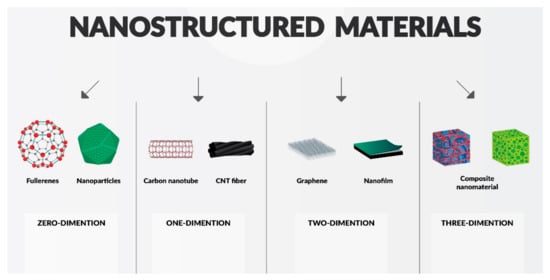
2.1. Quantum Influence on Nanomaterials
2.1.1. Quantum Confinement Effects
2.1.2. Surface Effects
2.2. Chitosan Nanoparticles
2.3. Hydroxyapatite (HAp)
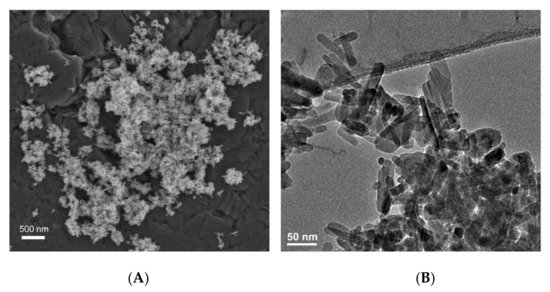
2.4. Bioactive Glass
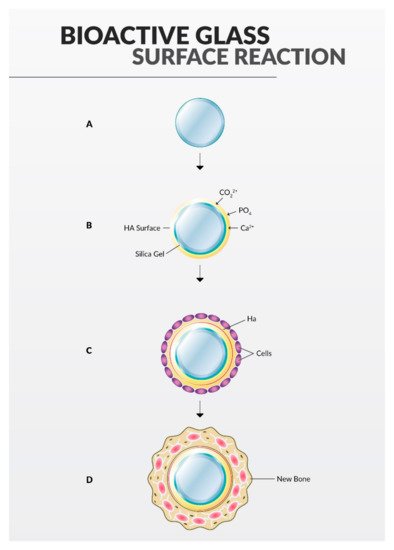
2.5. Zirconia (Zr)
2.6. Nanosilver
2.7. Zinc Oxide (ZnO)
2.8. Exosomes
Various MSCs participate in the process of pulp formation, such as dental pulp stem cells (DPSC), human exfoliated deciduous tooth stem cells (SHED), apical papilla stem cells (SCAP), and dental alveolar progenitor cells (DFPC) [99]. Zhou et al. [100] proved that microballoons from dental pulp stem cells (DPSCs) can be used in regenerative endodontic therapy due to their pro-angiogenic effect.
2.9. Graphene
2.10. Nanopolymers
3. Clinical Applications
3.1. Sealers
3.2. Obturating Materials
3.3. Nano-Size Related Drug Delivery Applications in Endodontics
3.4. Root Repair Materials
3.5. Nanoparticle-Based Disinfection in Endodontics
4. Nanomaterials in Endodontic Instruments and Their Effects
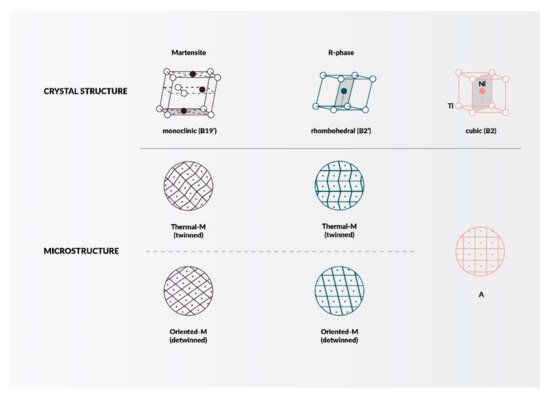
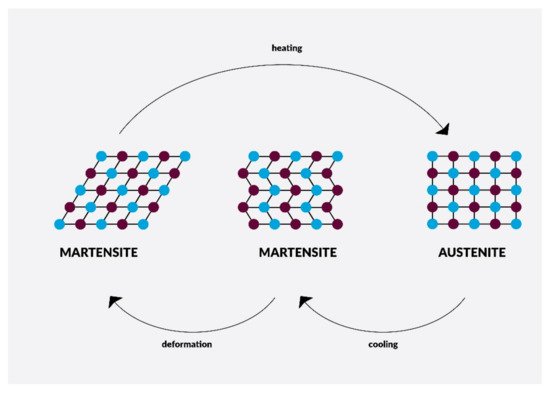
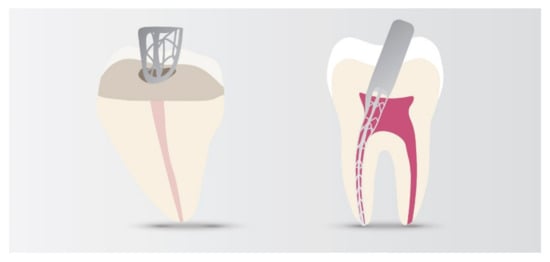
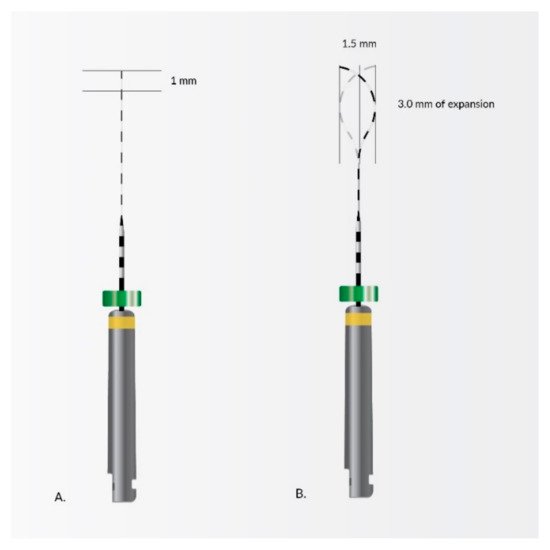
5. Nanoapplications for Repair and Pulp Regeneration
This entry is adapted from the peer-reviewed paper 10.3390/ma14185296
